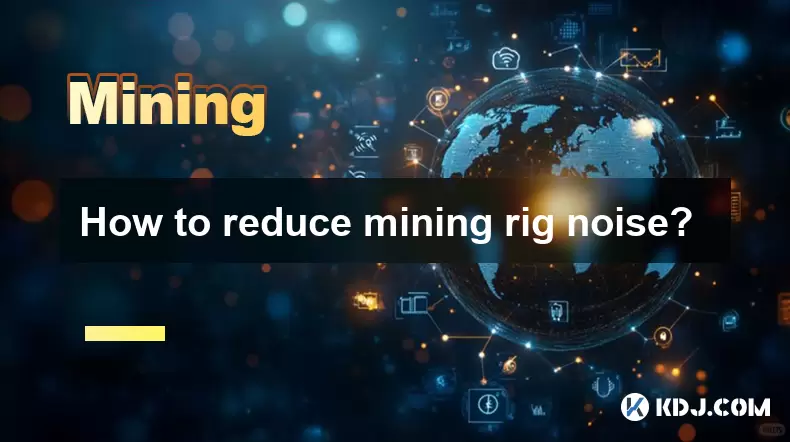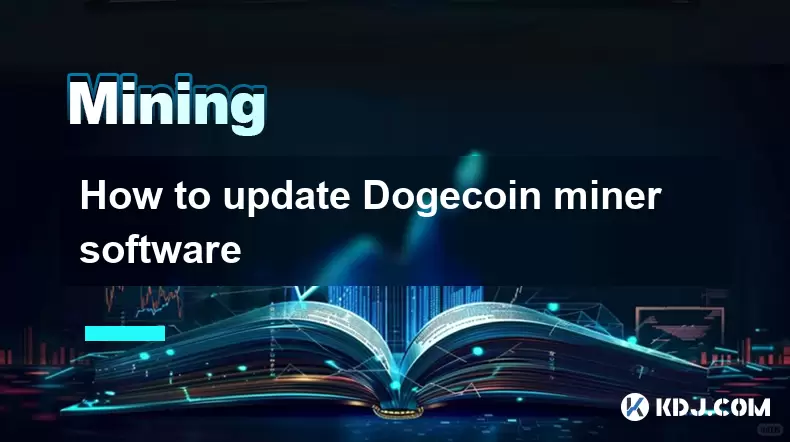-
 Bitcoin
Bitcoin $117,576.6195
-0.21% -
 Ethereum
Ethereum $2,938.5668
-1.35% -
 XRP
XRP $2.7699
4.60% -
 Tether USDt
Tether USDt $1.0003
0.01% -
 BNB
BNB $688.1624
-0.01% -
 Solana
Solana $160.5113
-1.95% -
 USDC
USDC $0.9999
0.01% -
 Dogecoin
Dogecoin $0.1976
-0.70% -
 TRON
TRON $0.3008
1.54% -
 Cardano
Cardano $0.7159
-2.16% -
 Hyperliquid
Hyperliquid $46.2240
2.04% -
 Stellar
Stellar $0.3966
22.03% -
 Sui
Sui $3.3928
-3.11% -
 Chainlink
Chainlink $15.1204
-2.43% -
 Bitcoin Cash
Bitcoin Cash $515.1741
-1.19% -
 Avalanche
Avalanche $20.8130
-0.90% -
 Hedera
Hedera $0.2001
-2.12% -
 UNUS SED LEO
UNUS SED LEO $9.0522
0.72% -
 Shiba Inu
Shiba Inu $0.0...01316
-2.01% -
 Toncoin
Toncoin $2.9843
0.61% -
 Litecoin
Litecoin $92.6745
-2.71% -
 Polkadot
Polkadot $3.9483
-0.06% -
 Monero
Monero $328.5347
1.10% -
 Dai
Dai $0.9998
0.01% -
 Ethena USDe
Ethena USDe $1.0006
-0.01% -
 Uniswap
Uniswap $8.3739
-6.50% -
 Bitget Token
Bitget Token $4.4241
-1.99% -
 Pepe
Pepe $0.0...01222
-3.96% -
 Aave
Aave $300.5203
-3.61% -
 Bittensor
Bittensor $382.2607
-1.92%
How to reduce mining rig noise?
Upgrading to quieter GPUs, adjusting fan curves, and using soundproof enclosures can significantly reduce mining rig noise without sacrificing performance.
Jul 13, 2025 at 01:00 am

Understanding the Sources of Mining Rig Noise
Mining rigs are known for generating a significant amount of noise due to several components operating simultaneously. The primary contributors to mining rig noise include fans, power supply units (PSUs), and mechanical vibrations from the hardware itself. Graphics processing units (GPUs), which are central to cryptocurrency mining, often come equipped with high-speed cooling fans that produce audible sound during operation. Additionally, the power supply fan and case fans also contribute to overall noise levels. Mechanical vibrations caused by loose components or improper mounting can further amplify the noise.
Selecting Low-Noise Components
One of the most effective ways to reduce mining rig noise is to use low-noise components from the beginning. Choosing GPUs with quieter fans and optimized cooling systems can significantly lower decibel levels. Some manufacturers offer custom versions of their graphics cards designed specifically for silent or near-silent operation. Similarly, selecting a high-quality, quiet PSU with a semi-passive or fanless design can help eliminate one source of constant noise. Case fans should also be chosen carefully—opting for larger diameter fans (like 120mm or 140mm models) allows them to spin slower while still providing adequate airflow, resulting in less noise.
Adjusting Fan Curves and Overclocking Settings
Customizing the fan curve settings on your mining rig can greatly reduce noise without compromising thermal performance. Using software such as MSI Afterburner or EVGA Precision X1, you can manually adjust how fast the GPU fans spin at various temperatures. By increasing fan speed gradually rather than allowing them to jump suddenly at certain thresholds, you can maintain cooler temperatures while keeping noise levels steady and predictable. Additionally, undervolting and slightly reducing clock speeds can lower GPU temperatures, which in turn reduces the need for aggressive fan cooling.
Soundproofing the Mining Environment
If modifying hardware directly isn’t an option, focusing on the environment around the mining rig can yield substantial noise reduction. Building or purchasing a soundproof mining box made from acoustic foam or mass-loaded vinyl can isolate much of the noise generated by fans and components. These enclosures typically feature ventilation systems to prevent overheating. Alternatively, placing the mining rig inside a separate room or closet lined with sound-dampening materials like foam panels, bass traps, or heavy curtains can help absorb sound waves before they reach surrounding areas. Ensuring proper airflow remains crucial when using these methods to avoid thermal throttling.
Reducing Vibration and Resonance
Mechanical vibrations from the mining rig’s frame or components can cause rattling sounds that add to the overall noise level. Using anti-vibration mounts or rubber grommets when attaching GPUs and other hardware helps absorb these vibrations. Placing the entire rig on a thick rubber mat or foam pad can also minimize resonance transmitted through floors or surfaces. Tightening all screws and ensuring no cables are touching vibrating parts prevents additional buzzing noises. Even small adjustments like securing loose PCI-E risers or adding padding between metal edges can make a noticeable difference in ambient noise.
Maintaining Cleanliness and Optimal Performance
Dust buildup inside a mining rig not only affects performance but also increases noise levels. Regularly cleaning fans, heatsinks, and air intakes ensures that cooling systems don’t have to work harder than necessary. Using compressed air or soft brushes to remove dust from components prevents overheating and unnecessary fan acceleration. Keeping the surrounding area clean and free of obstructions improves airflow efficiency. Monitoring temperatures regularly via tools like HWMonitor or GPU-Z allows for early detection of potential issues before they escalate into louder, more problematic scenarios.
Frequently Asked Questions
- Can I replace my GPU fans with quieter ones?
Yes, some third-party fan replacements are available that are designed for quieter operation. Ensure compatibility with your specific GPU model before purchasing. - Will using a mining rig in a basement reduce noise effectively?
A basement can naturally dampen sound due to its enclosed structure and concrete walls, making it a good location for noise-sensitive setups, provided there's sufficient ventilation. - Do liquid-cooled mining rigs produce less noise?
Liquid cooling systems generally operate more quietly than traditional air cooling because they rely less on high-speed fans, though they require more complex setup and maintenance. - Is it safe to cover a mining rig with blankets or cloth to muffle sound?
No, covering a mining rig with fabric or insulating materials can block airflow and lead to overheating, potentially damaging hardware.
Disclaimer:info@kdj.com
The information provided is not trading advice. kdj.com does not assume any responsibility for any investments made based on the information provided in this article. Cryptocurrencies are highly volatile and it is highly recommended that you invest with caution after thorough research!
If you believe that the content used on this website infringes your copyright, please contact us immediately (info@kdj.com) and we will delete it promptly.
- Ripple's RLUSD Finds a Home: Swiss Bank AMINA Integrates the Stablecoin
- 2025-07-13 06:30:11
- Worldcoin Price Prediction: Navigating the Invalidation Zone
- 2025-07-13 06:30:11
- Ethereum Price Prediction: Will ETH Reach 100% Gains?
- 2025-07-13 04:50:12
- Ruvi AI: The Smart Choice Over Avalanche? Plus, It's Audited!
- 2025-07-13 04:50:12
- Onyxcoin (XCN): Ready to Outperform in This Crypto Cycle?
- 2025-07-13 04:30:12
- GameFi, Regulated, Asia: A New Era of Web3 Gaming?
- 2025-07-13 04:30:12
Related knowledge

How to keep a mining rig cool
Jul 12,2025 at 01:42pm
Understanding the Importance of Cooling in Mining RigsCryptocurrency mining is an intensive process that places heavy demand on hardware components, p...

How much does it cost to start crypto mining?
Jul 13,2025 at 12:22am
Understanding the Basic Costs of Crypto MiningStarting crypto mining involves several upfront and ongoing expenses. The primary costs include hardware...

What do I need to start mining crypto?
Jul 13,2025 at 12:28am
Understanding the Basics of Crypto MiningCrypto mining is the process by which transactions are verified and added to a blockchain, and new coins are ...

How to find the best Dogecoin mining pool for me
Jul 12,2025 at 04:14pm
Understanding the Role of a Mining PoolWhen mining Dogecoin, joining a mining pool can significantly increase your chances of earning consistent rewar...

How often do Dogecoin mining pools payout
Jul 13,2025 at 04:08am
Understanding Dogecoin Mining PoolsDogecoin mining pools are collaborative groups of miners who combine their computational power to increase the chan...

How to update Dogecoin miner software
Jul 12,2025 at 12:36pm
Understanding Dogecoin Mining and the Need for Software UpdatesDogecoin mining involves using specialized software to validate transactions on the Dog...

How to keep a mining rig cool
Jul 12,2025 at 01:42pm
Understanding the Importance of Cooling in Mining RigsCryptocurrency mining is an intensive process that places heavy demand on hardware components, p...

How much does it cost to start crypto mining?
Jul 13,2025 at 12:22am
Understanding the Basic Costs of Crypto MiningStarting crypto mining involves several upfront and ongoing expenses. The primary costs include hardware...

What do I need to start mining crypto?
Jul 13,2025 at 12:28am
Understanding the Basics of Crypto MiningCrypto mining is the process by which transactions are verified and added to a blockchain, and new coins are ...

How to find the best Dogecoin mining pool for me
Jul 12,2025 at 04:14pm
Understanding the Role of a Mining PoolWhen mining Dogecoin, joining a mining pool can significantly increase your chances of earning consistent rewar...

How often do Dogecoin mining pools payout
Jul 13,2025 at 04:08am
Understanding Dogecoin Mining PoolsDogecoin mining pools are collaborative groups of miners who combine their computational power to increase the chan...

How to update Dogecoin miner software
Jul 12,2025 at 12:36pm
Understanding Dogecoin Mining and the Need for Software UpdatesDogecoin mining involves using specialized software to validate transactions on the Dog...
See all articles

























































































